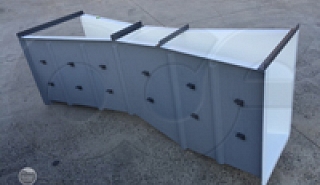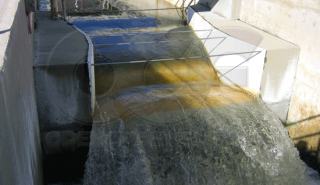The Parshall Flume is an economical and accurate way of measuring water flow in open channels and non-full pipes. Originally the flume was developed to measure surface waters, water rights apportionment, and irrigation flows. However, its use has expanded to include measuring sewage flow (both in pipe and treatment plants), industrial discharges, dam seepage, and other applications.
As a class of (22) standard sizes, the Parshall Flume is the most commonly used and widely recognized flow measurement flume!
Parshall Flume Materials
Openchannelflow manufactures Parshall Flumes in several different materials:
- Aluminum
- Great for portable flumes or remotes sites where it's difficult to bring materials in. Lightweight and robust construction, aluminum does cost more than most other materials.
- Fiberglass (FRP / GRP)
- A good combination of lightweight, cost-competitive, and good corrosion resistance
- For sewage applications, fiberglass is THE material of choice
- Galvanized Steel
- Where cost is the concern (and the water clean), galvanized steel is the material of choice
- Although heavy, it is easy to repair and withstands abuse well - a perfect material for water rights, irrigation, and surface water flows
- Stainless Steel
- While more expensive than other materials, stainless steel is an excellent material when the flow stream is:
- Abrasive
- Corrosive
- High sustained temperatures
- or where physical abuse may occur
- While more expensive than other materials, stainless steel is an excellent material when the flow stream is:
Parshall Flume Accessories
To help you focus on your flow numbers - and not how you got them - Openchannelflow also offers a wide range of accessories, including:
- Piping / end connections
- Flow condition options
- Flowmeter mounts
- Sampler / parameter mounts
- Custom configurations (nesting, extended / reduced sidewalls, etc.)
Parshall Flume Applications
The versatility of the Parshall Flume sees it used in several diverse applications, including:
- Sewage Treatment Plants
- Watershed Monitoring
- Edge-of-Field Runoff
- Dam Seepage
- Stream Gauging
- Industrial Discharge Monitoring
- Mine Discharge
- Irrigation Canals
- Spring Discharge Measurement
How a Parshall Flume Operates
A Parshall Flume is a fixed, hydraulic structure used to measure water flow in an open channel or non-full pipe. The flume accelerates flow by both a contraction of the parallel sidewalls and a drop in the throat's floor elevation. The contraction and drop accelerate the flow from a slow, subcritical state to a faster, supercritical one. The transition is similar to the transition in air from subsonic to supersonic regimes.
As a result, the flow can be accurately determined in the upstream, converging section of the flume by taking a single depth reading at a specific point of measurement.
Short-throated flumes like the Parshall have only one point of measurement (Ha) at which the flow rate can be determined. A level reading taken upstream of the point of measurement will result in the flume over reading, while one taken downstream will result in the flume under reading (as the flow accelerates and the water surface draws down towards the throat).
Developing the Parshall Flume
While working at the U.S. Soil Conservation Service, Dr. Ralph L. Parshall saw a need for more accurate measurement of surface waters – particularly irrigation / water rights flows. At that time, weirs and Venturi flumes were used to measure flow rates, but both devices had shortcomings. Starting in 1915 with the sub-critical Venturi flume, Dr. Parshall made a series of modifications, ultimately leading to his Improved Venturi flume.
The critical improvement that Dr. Parshall introduced was a drop in the floor in the throat section of the flume. The constriction of the throat creates the head to flow relationship. By sloping the floor down here, the resulting flume can withstand relatively high degrees of submergence without affecting the flow rate.
As a short-throated flume, only one depth measurement is needed to calculate the flow rate through the flume – greatly simplifying matters.
Six years after his work began, Dr. Parshall filed a patent for his new “Parshall Flume”.
Over the years, Dr. Parshall’s work has been expanded upon to include flumes larger and smaller than his originally sizes. Currently, there (22) sizes of Parshall flume recognized and standardized under:
- ASTM D1941-91(2003) Standard Test Method for Open Channel Flow Measurement of Water with the Parshall Flume
- ISO 9826:1992 Measurement of Liquid Flows in Open Channels – Parshall and SANIIRI Flumes
- as well as other national and industry standards
It's important to note that Parshall Flumes are not scale models of each other. Intermediate sizes like the 30-inch and 42-inch sizes) should not be used, or if used, they MUST be laboratory or field rated.
The use of standard Parshall Flume equations for non-standard sizes will not result in accurate flow measurement.

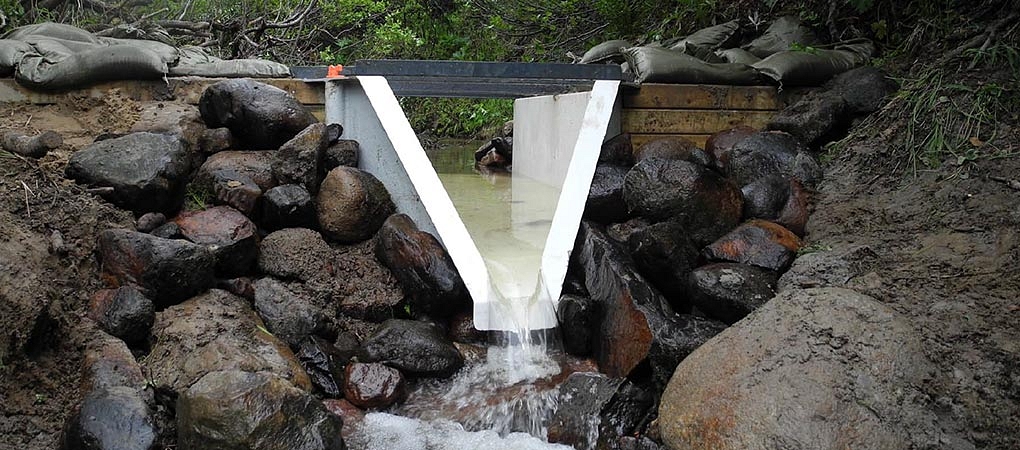
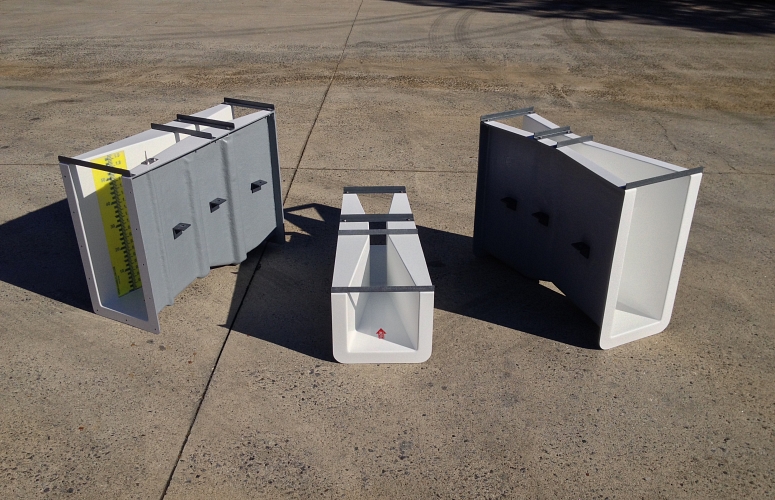
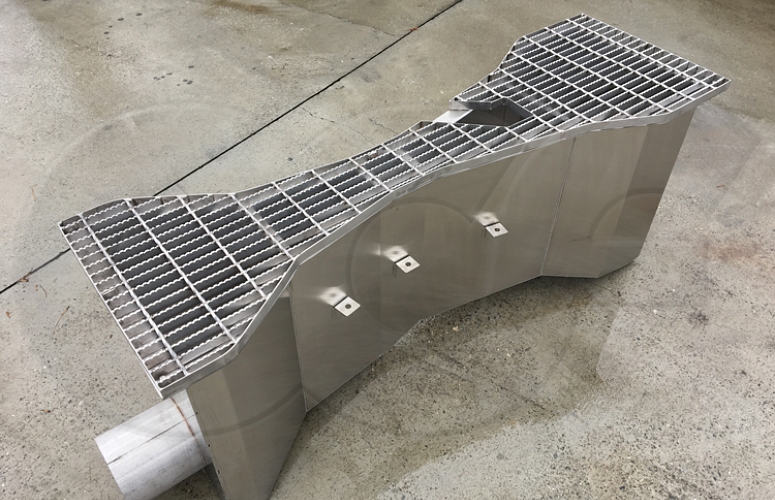
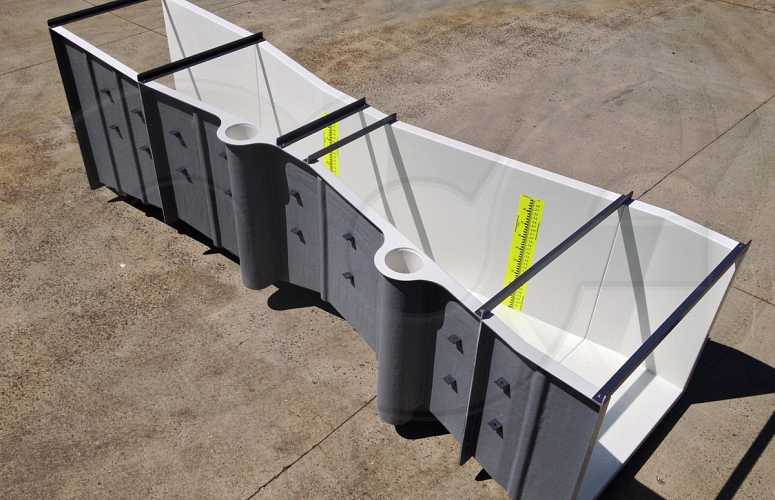

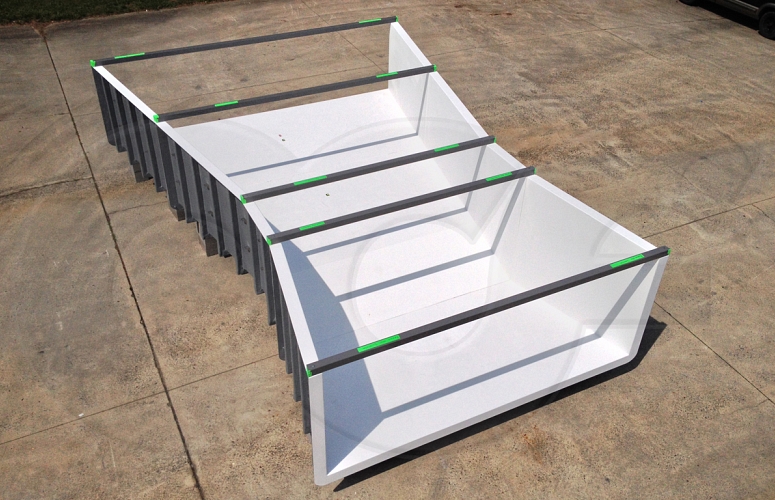
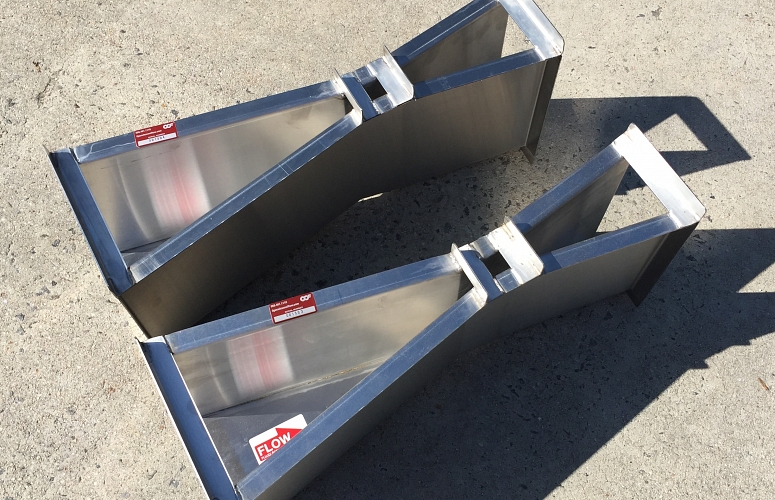
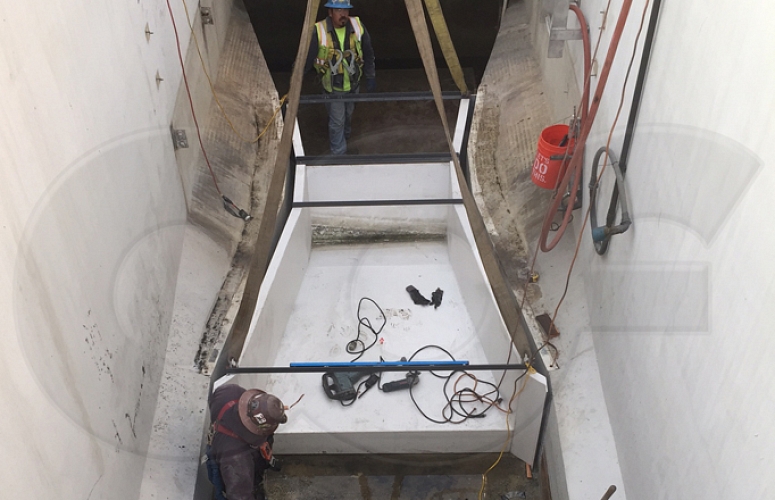
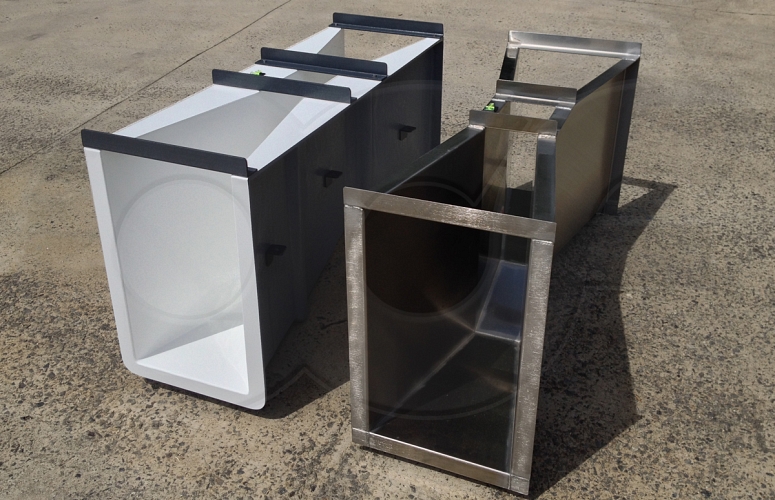
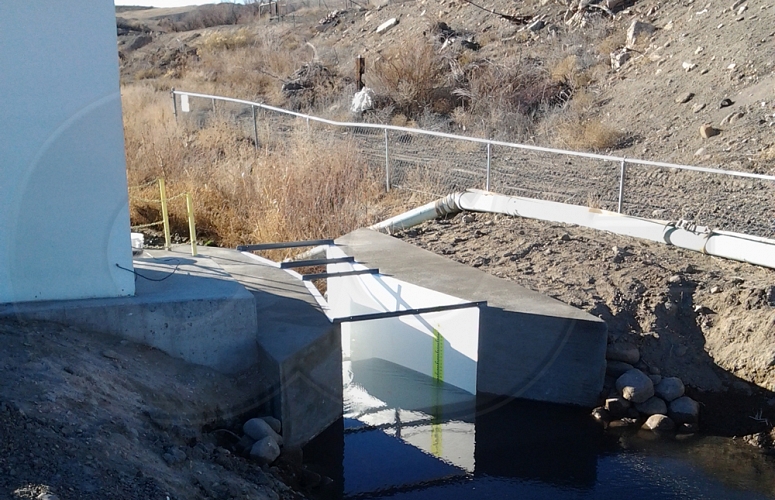
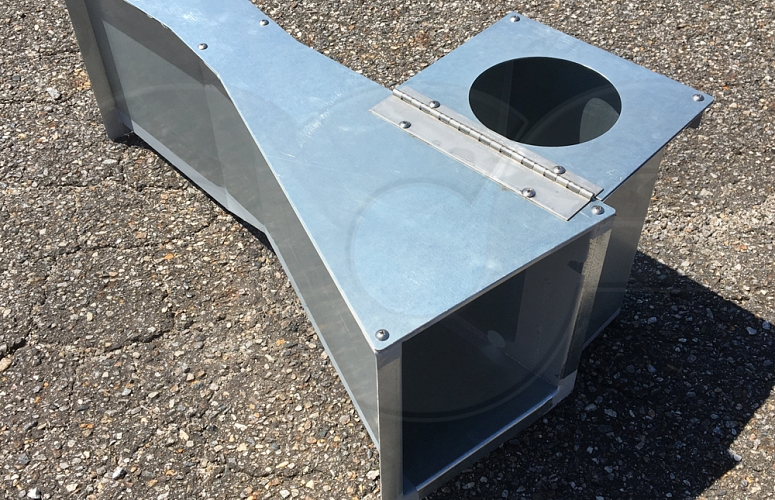

 Blogs
Blogs Drawings
Drawings Downloads
Downloads Warranty
Warranty
